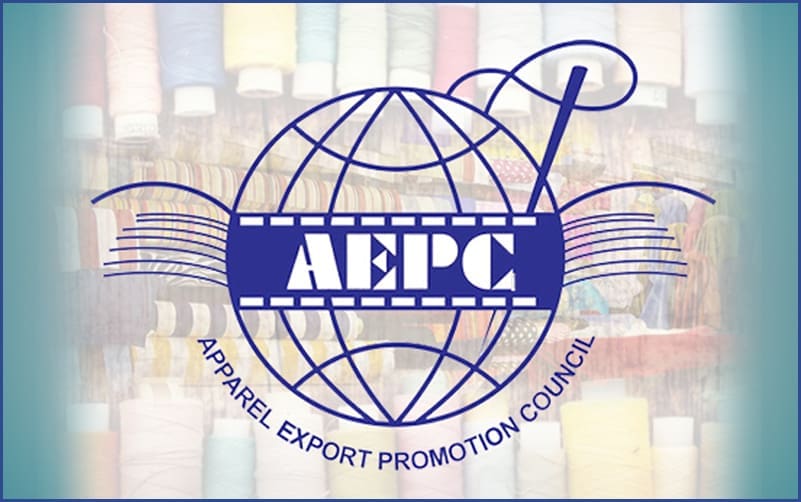The Apparel Export Promotion Council (AEPC) has urged the Indian government to implement significant reforms in labour laws, enhance workforce skilling initiatives, and adopt a more flexible policy for fabric imports to boost the country’s apparel exports. Chairman Sudhir Sekhri emphasized that while the target of achieving $40 billion in ready-made garment exports by 2030 is ambitious, the industry is committed to making every effort to reach this goal.
During a recent round-table discussion with major apparel brands, Sekhri highlighted India’s strengths in design and raw materials, which must be leveraged to enhance export capabilities. He pointed out that building manufacturing capacity and addressing the skilled labour shortage is critical for India’s growth in the apparel sector. He noted, indicating that many skilled workers often leave for their native villages during peak seasons, exacerbating the issue.
The AEPC also reported a surge in demand for Made-in-India sweaters, with exports during April-November reaching $11.45 million. This trend reflects a growing global preference for Indian garments, particularly in the sweater segment.
To support the ambitious export target, AEPC leaders stressed the importance of free trade agreements (FTAs), which have positively impacted order volumes. They called for a concerted effort to ramp up production capacities and enhance workforce skills, with an emphasis on creating around 150,000 skilled workers annually—though they acknowledged that this number is still insufficient.
The council’s discussions underscored the need for industry-friendly policies that facilitate easier fabric imports and address existing barriers that hinder competitiveness. As India aims to solidify its position in the global apparel market, these reforms will be crucial in ensuring that exporters can meet rising international demand while fostering sustainable growth within the sector.

